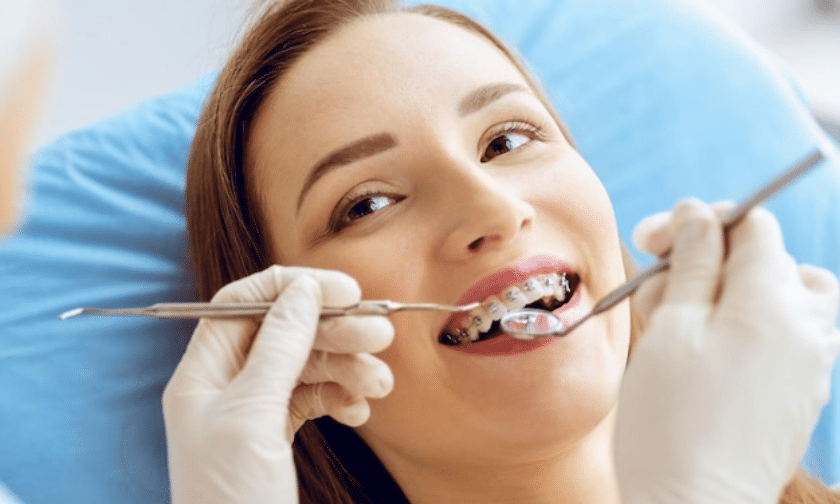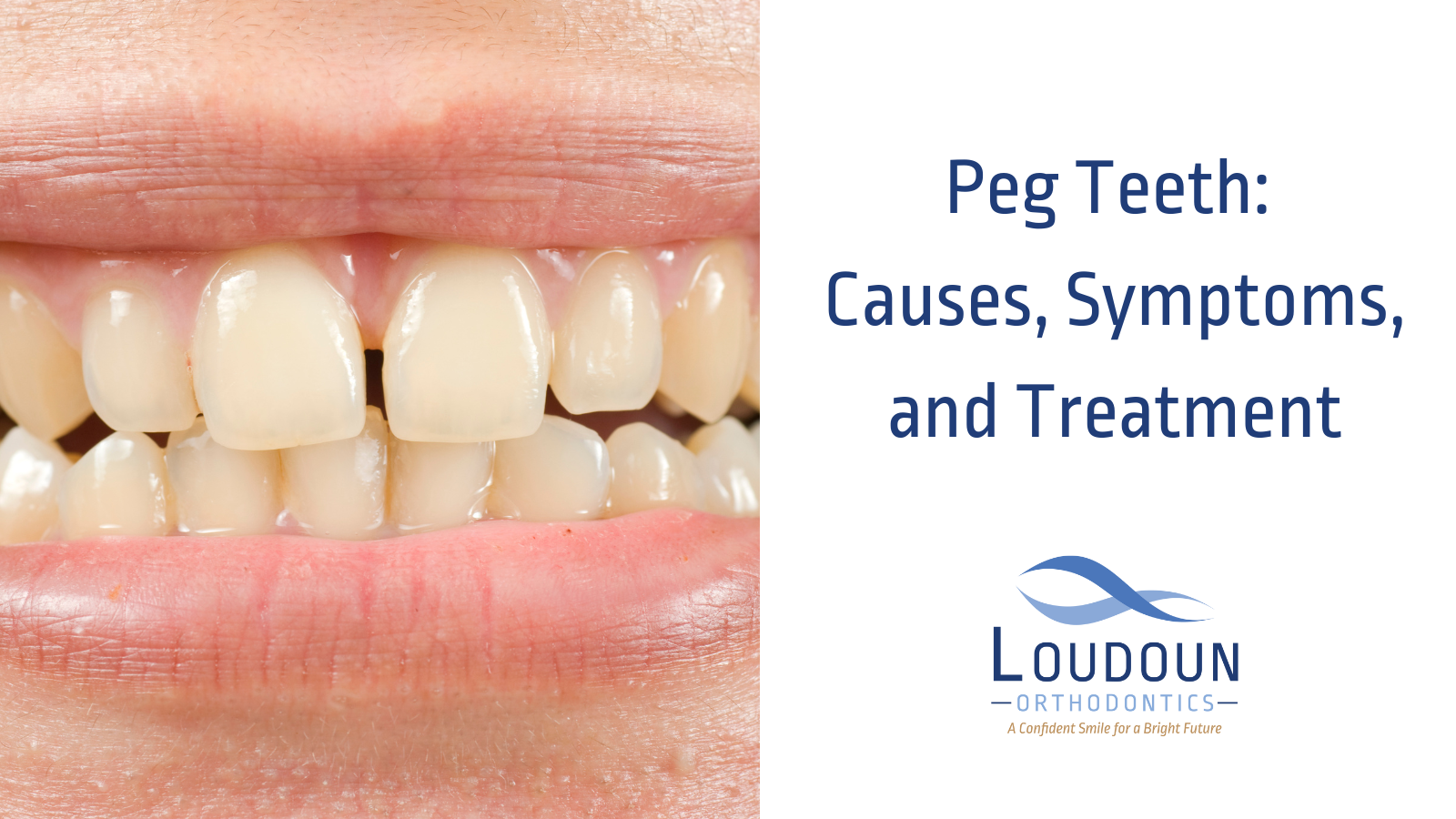Getting My Legacy Orthodontics To Work
All about Legacy Orthodontics
Table of ContentsSome Known Questions About Legacy Orthodontics.The Of Legacy OrthodonticsThe Best Strategy To Use For Legacy OrthodonticsNot known Factual Statements About Legacy Orthodontics Getting The Legacy Orthodontics To Work
In enhancement, we provide adjustable treatment schedules, versatile settlement options and an enjoyable, satisfying experience.An orthodontist is a dental expert trained to detect, prevent, and deal with teeth and jaw irregularities. Orthodontists work with people of all ages, from kids to adults.
Malocclusion, or misaligned teeth, can result in dental concerns, including tooth decay, gum tissue illness, and challenging or excruciating eating. Not everyone is birthed with straight teeth. If you have a bad bite or huge spaces in between your teeth, you may wish to speak with a dental professional specializing in orthodontic care.
Legacy Orthodontics for Dummies
( Photo Credit History: DigitalVision/Getty Images) Orthodontists use dealt with and detachable oral tools, like dental braces, retainers, and bands, to change the placement of teeth in your mouth. Orthodontic treatment is for oral irregularities, including: Crooked teethBite issues, like an overbite or an underbiteCrowded teeth or teeth that are as well much apartJaw misalignmentThe objective of orthodontic treatment is to enhance your bite.
While you may think of orthodontists as primarily for kids or young adults who need dental braces, they can fix oral issues at any kind of age. Orthodontists participate in university, oral institution, and orthodontic school.
All orthodontists are dental practitioners, yet not all dentists are orthodontists. Orthodontic residency programs provide intensive, concentrated direction for dental specialists. They concentrate on two locations: Exactly how to correctly and securely move teeth Exactly how to appropriately lead advancement in the teeth, jaw, and faceOnce an orthodontist has completed training, they have the option to end up being board certified.
Legacy Orthodontics Can Be Fun For Anyone
Malocclusion leads to tooth congestion, a misshapen jaw, or uneven bite patterns. Malocclusion is generally treated with: Your orthodontist attaches metal, ceramic, or plastic square bonds to your teeth.
If you have only small malocclusion, you may be able to utilize clear braces, called aligners, rather than typical braces (https://hearthis.at/legacyortho/set/legacy-orthodontics/). Some individuals require a headgear to help relocate teeth into line with pressure from outside the mouth. After dental braces or aligners, you'll require to wear a retainer. A retainer is a custom device that keeps your teeth in position.
They're most frequently utilized on kids. They can produce additional space in the mouth without having to pull teeth. If you have a significant underbite or overbite, you may require orthognathic surgical treatment (additionally called orthodontic surgery) to extend or shorten your jaw. Orthodontists utilize cables, surgical screws, or plates to support your jaw bone.
You might require to see an orthodontist if you have: Crowding or otherwise sufficient space for every one of your teethOverbite, when your top teeth come your base teethUnderbite, when your bottom teeth are also much forwardSpacing or issues with gapsCrossbite, which is when your upper teeth fit behind your base teeth when your mouth why not try here is closedOpen bite or an upright space between your front bottom and upper teethMisplaced midline, when the center of your base and upper teeth don't line up Fixing a dental malocclusion can: Make attacking, eating, and speaking easierImprove the symmetry of our face and your overall appearanceEase discomfort from temporomandibular joint problemsSeparate your teeth and make them easier to clean up, helping stop tooth degeneration or dental caries It's frequently a dental professional that first notifications misaligned teeth throughout a regular test.
The Main Principles Of Legacy Orthodontics

During your first orthodontic appointment, you'll likely have: A dental examPhotos taken of your face and smileDental X-raysPanoramic (360 level) X-rays of your face and headImpressions to develop mold and mildews of your teethThese tests will certainly help your orthodontist recognize just how to wage your therapy. clear braces. An orthodontist is a dental expert that's had training to treat your teeth and jaw
An orthodontist is concentrated on your bite, so something like a chipped tooth would be managed by a dentist. Orthodontists are focused on your bite, or the way your teeth fit together, and the straightness of your teeth.
Ever before wondered exactly how stars always seem to have perfectly aligned teeth? Orthodontists are dental professionals who concentrate on remedying irregularities in the teeth and jaws.
Some Known Questions About Legacy Orthodontics.

While braces are the most generally identified orthodontic treatment, orthodontists have a diverse toolkit at their disposal. The specific approach picked depends on the seriousness of the instance, the client's age, and specific preferences. These reliable dental braces utilize a system of brackets bound to the teeth and attached by cables.
Clear aligners, like Invisalign, are a preferred alternative for people seeking a more very discreet therapy alternative. These removable trays are customized to gradually shift the teeth's position. Headgear might be used in combination with dental braces or aligners to apply additional targeted pressures, specifically for correcting jaw inconsistencies. In cases of narrow jaws, palatal expanders can be used to develop space for appropriate tooth placement.